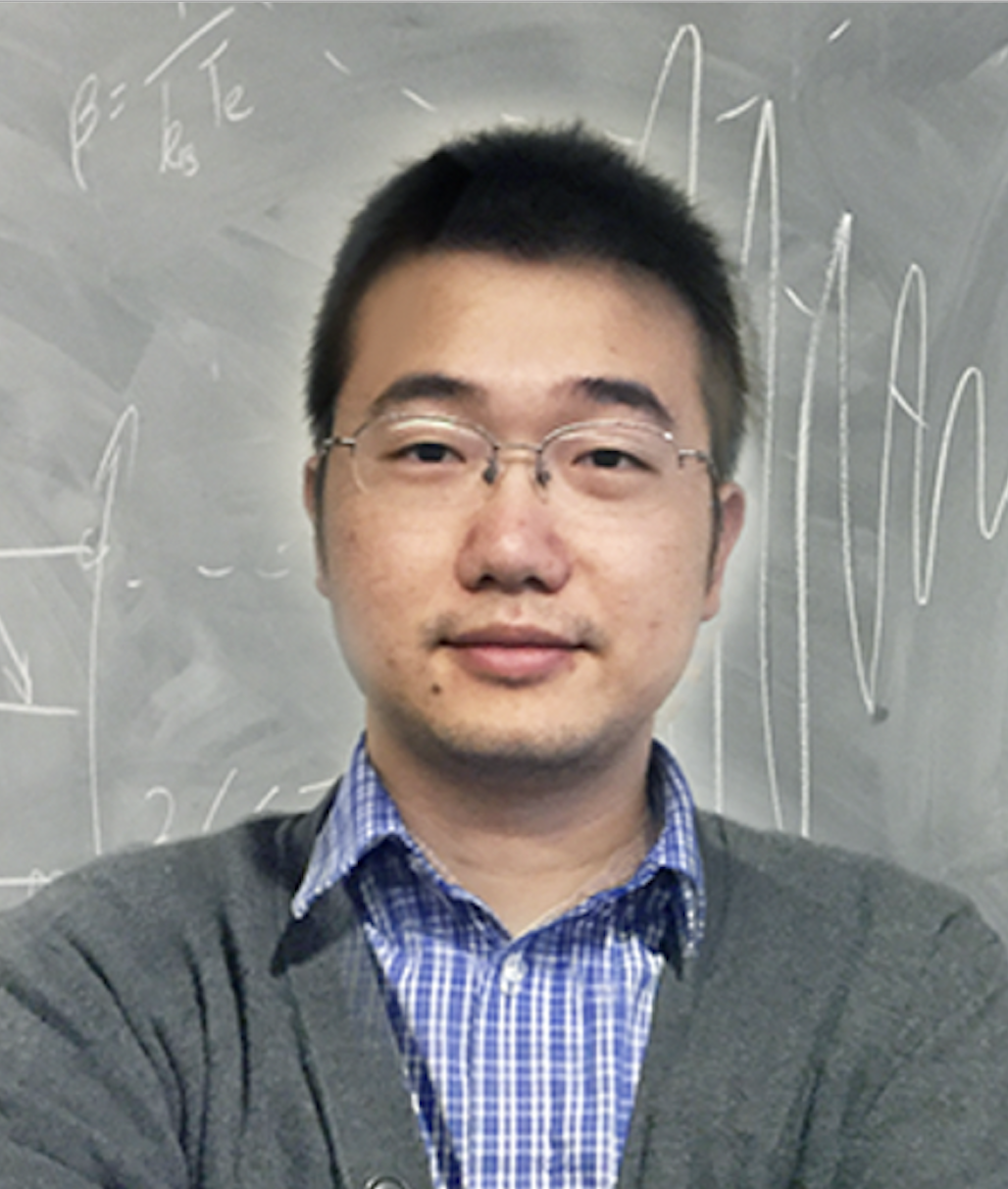Mengkun Liu: Imaging Landau Plasmons via a 7 Tesla Scanning Near-field Optical Microscope

Speaker:
Mengkun Liu
Associate Professor
Department of Physics and Astronomy
Stony Brook University
Bio: Mengkun Liu is an associate professor at the Department of Physics and Astronomy of Stony Brook University (2015 - now). He also holds a joint position at Brookhaven National Laboratory NSLS-II (2019 - now). He obtained his Ph.D. degree from Boston University in 2012 (Ph.D. Advisor Richard D. Averitt) and joined D. N. Basov’s lab at UCSD as a postdoc (2012 - 2014). His research interests include physics of strongly correlated electron systems, two-dimensional materials, infrared nano-optics techniques and ultrafast time domain infrared and THz spectroscopy. Awards include EPiQS-funded QuantEmX scientists (2021-2022), NSF Career Award (2021), and Seaborg Institute Research Fellowships at Los Alamos National Lab (2009-2010).
Abstract: Subwavelength confinement, chiral sensing, and frequency conversion of light at the nanoscale are highly desirable for future photonic and optoelectronic applications of quantum materials. By breaking the time-reversal symmetry, magnetic field enables novel light-matter interactions with important real space features such as chiral magnetopolaritons, unidirectional edge photocurrent, and nonreciprocal light propagation at magnetic interfaces. Those novel phenomena are inherently related to the electronic state at the edges via quantum state transitions. However, due to many technical difficulties, these important magneto-optical phenomena and their applications at the nanoscale have not been investigated in real space at infrared (IR) or terahertz (THz) frequencies. Using a novel magneto scanning near-field optical microscope (m-SNOM) working in a magnetic field up to 7 Tesla, I report a direct visualization of the infrared plasmon polaritons due to quantized Landau transitions in near-charge neutral graphene. We map the magnetic field-dependent polariton excitations at the edge of graphene and hBN and explore its associated enhanced chiral edge photocurrent. Our approach establishes m-SNOM as a versatile platform for exploring magneto-optical effects at the nanoscale. The preliminary research sets the stage for future spectroscopic investigations of the topological and chiral photonic phenomena in complex quantum materials using low-energy photons.